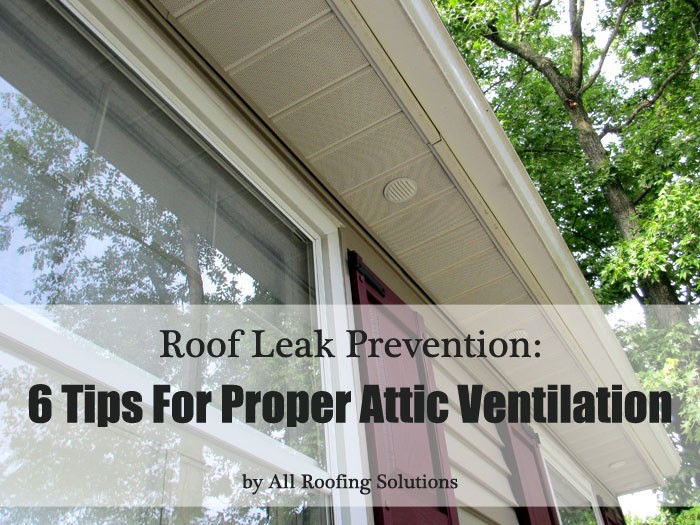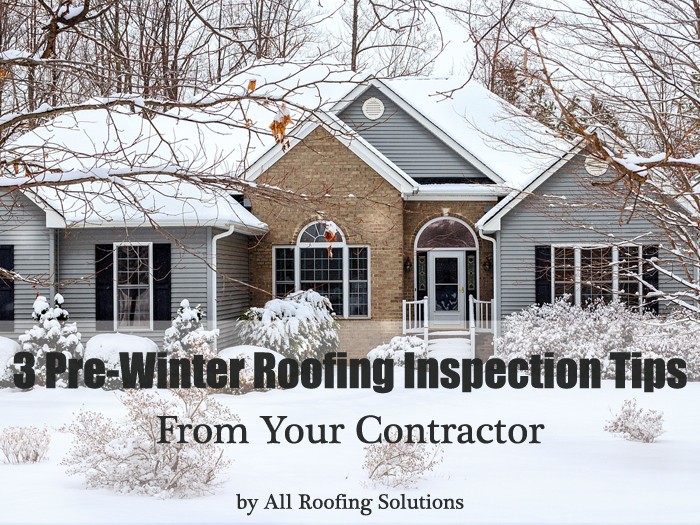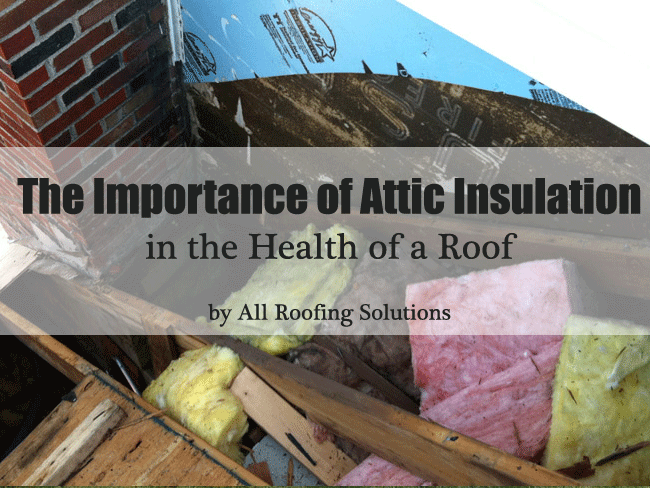Asphalt shingles are the most popular residential roofing material available on the market today mainly due to their affordability, durability, and ease of installation.
When the roof installation process begins, most homeowners will focus on the brands and colors available. However, experienced roofing companies must also carefully consider ventilation and insulation needed for an effective roofing system.
Shingles provide a home’s first layer of defense against the elements. However, a roof must also be able to provide protection against mold, mildew, structural damage, and excessive energy costs — which is where adequate ventilation and insulation come in.

Asphalt Shingle Installation: Importance of Ventilation & Insulation
Ventilation allows consistent airflow through the underside of asphalt shingles. This prevents the excessive buildup of heat, cold, and moisture under a roof.
In summer, poorly ventilated roofs can result in extremely hot attic spaces. This heat can significantly damage shingles and reduce the effective lifetime of a roof. In cooler seasons, a lack of ventilation can trap cold air and cause moisture to build up, resulting in problems with mold, mildew, and damage to the roof and gutters. Properly ventilating a roof upon installation is vital to protecting against the problems caused by seasonal extremes and avoiding future, often costly, repairs.
Insulation is another key aspect of asphalt shingle roofs that, if overlooked, can be very problematic for a homeowner.
Poorly insulated attics provide a home with little protection against temperature extremes.
Insufficient insulation is especially common in older homes, which were generally constructed when building codes did not require as much insulation. Regardless of the season, a poorly insulated home can be a huge cost for homeowners due to the constant running of heating or cooling systems.
While the need for sufficient ventilation and insulation of asphalt shingle roofs is clear, meeting this need isn’t always easy. Simply adding venting and insulation to an existing roof without knowing the optimal type, amount, and location is not recommended. Homeowners should seek professional advice before attempting this type of work.
If your roof is not properly ventilated, what can your roofer do? The solution depends on what is causing the lack of airflow. In the simplest case, there may be insulation or some other material obstructing vents. If this is the problem, a roofer will simply remove the obstruction. In many cases, the lack of ventilation is caused by something more serious—such as a lack of intake or exhaust vents or the inappropriate placement of vents.
Hiring Professional Contractor Is Key To A Healthy Roof System
We can’t stress this enough: you get what you pay for. Only hire a reputable contractor after a thorough research & background check.
The bottom line? If you want a healthy and efficient roof system, you need to find a quality installer who won’t cut corners.
 Contact All Roofing Solutions, a reputable DE roofing installation contractor with a team of skilled, loyal and hardworking crewmen. As a family-owned company servicing Delaware & eastern Pennsylvania for over 15 years, we strive to provide the highest level of workmanship and customer satisfaction.
Contact All Roofing Solutions, a reputable DE roofing installation contractor with a team of skilled, loyal and hardworking crewmen. As a family-owned company servicing Delaware & eastern Pennsylvania for over 15 years, we strive to provide the highest level of workmanship and customer satisfaction.
To schedule your free estimate, call 302-725-ROOF (7663) in Delaware or 610-551-ROOF (7663) in Pennsylvania. Contact us today and receive a discount of $400 off any complete roofing job!






